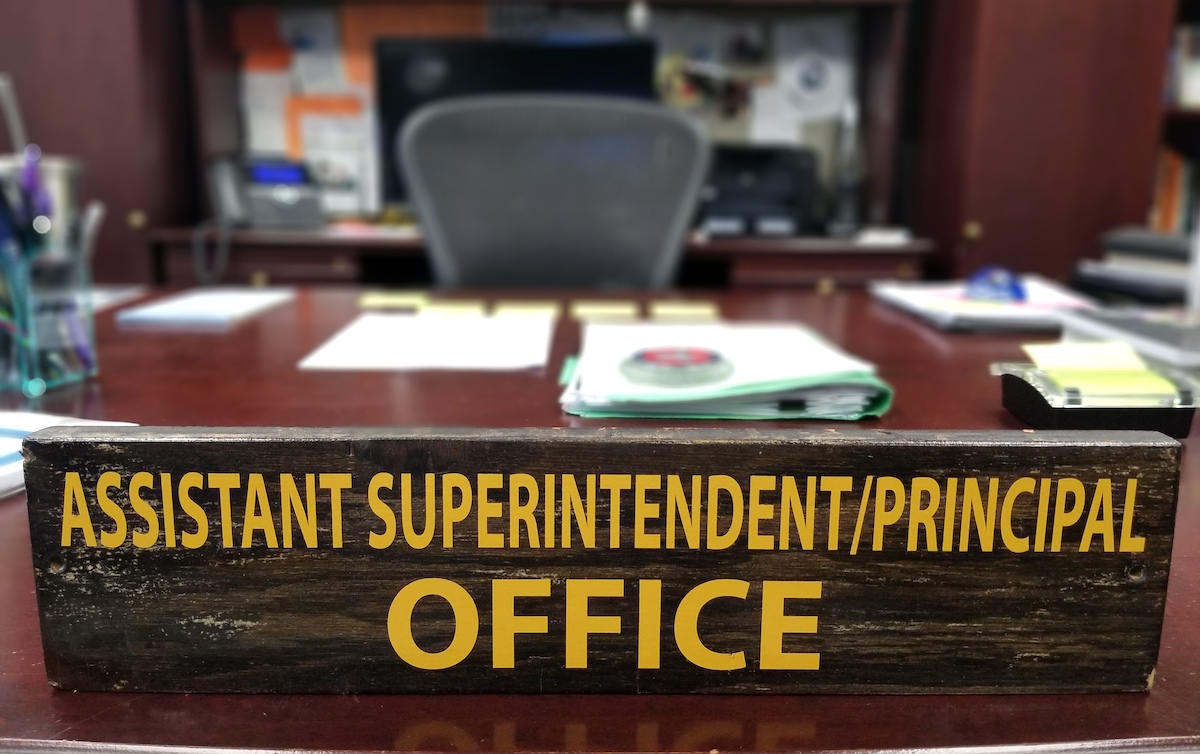Advocating for the arts can be challenging when you’re doing it from the outside. You will always be limited to the impact you can have on the arts, even if you have a great relationship with your administration or school board. We need more art teachers in leadership positions to be at the table when discussions are happening, and decisions are being made. Or better yet, to be the decision-maker at the table to ensure the arts are being considered.
Why do we need art teacher leaders?
School administrators make a lot of decisions influenced by many factors. Sometimes those decisions are driven by outside entities like state or school code, the school board, or the law. Those situations typically have little flexibility. Outside of those, there are many decisions made based on the priorities and philosophies of the school’s leadership. These are the people in a room discussing and making decisions based on what they think is best for students. The scope of these topics can range from minor ones like how the schedule should be altered for one-day, all the way up to what should be cut to reduce the budget. These can also be the various initiatives presented to you over the years that relate to instruction, assessment, planning, etc. School leaders are also determining the values of the school and priorities.

Hundreds of school districts across the country utilize PRO to give their visual arts team training, hands-on tutorials, and resources. Get PRO In Your District.
Having an art teacher in the position to influence or make these decisions would better support arts programs. Some art teachers are lucky enough to have a strong administrator at the helm. This great administrator might seek your input before making a certain decision and consider your perspective. And that’s great. But the reality is even the most supportive administrator is not seeking your input on every decision or plan. There are simply too many decisions to be made for them to find you each time. Additionally, they might seek you out for moments that directly impact the art program, but what about the decisions with an indirect impact? They might unintentionally fail to consider every potential impact each time.
We need art teachers in the room to consider the impacts on the art program, even when it’s not as obvious.
Why would anyone want to be in a leadership role?
This is a fair question as administrative jobs can appear dull. Instead of working with students making art, you’d likely attend a lot of meetings. You might also find yourself in an office and not an art room. Plus, the job can be stressful with high stakes situations and pressure. But don’t lose hope because beneath the very gray surface is the real ability to make a significant impact on the arts program. Depending on the leadership role and responsibilities, you’ll be able to:

- Support art teachers
- Provide art teachers with meaningful professional development and feedback
- Ensure proper facilities for various art courses
- Add new art classes to the curriculum
- Allocate appropriate funds to the art department
- Hire and retain the best art staff
- Purchase larger equipment like kilns and technology
- Secure an appropriate art experience for all students
Imagine if you could say your administrator did all of those things for your art program. When you consider these goals and the ensuing success, being an administrator doesn’t look so gray. The work is different, but no less valuable or needed. The efforts made by a school leader can impact thousands of students over many years, and we need an art teacher helping to lead the way.
How do you start being a leader?
Moving from the classroom to the office doesn’t just happen overnight. The first step is to look for opportunities to hone your leadership skills and build experiences outside of your classroom. This could include being on a school-wide committee, securing a role as a teacher-leader like instructional coach or technology coach, or organizing schoolwide events like pep assemblies. The goal is for you to develop your skills in leading adults toward a common goal and increasing your knowledge base of how the school functions. These types of experiences can help build your qualifications, so you’re ready if an administrative position becomes available at your school.
In addition, some leadership positions can also require more formal education to meet the qualifications. Many states and schools require specific graduate-level coursework and degrees and certifications to be eligible for administrative positions. Be sure to check with your human resources office or state education program to find out what’s necessary for your state.

As you continue to build your experiences and leadership qualifications, continue to look for open positions in your area. Be sure to consider your strengths and interests and how those connect with certain leadership positions. Remember, being a principal is not the only answer. There are several other roles that allow you to make a significant impact on the arts program. For example, positions like Lead Teacher roles, Assistant Principals, Deans, or Department Chairs can have a tremendous impact on your program.
Check out the PRO Learning Pack, Building Leadership Skills as an Art Educator.
Transitioning into a leadership role can be scary. If you’re unsure a leadership position is for you, remember your art education experience has helped you hone the skills necessary to be successful. You’re already an arts advocate, a creative individual, hard-working, and committed to the student experience. We can’t continue to hope our current school leaders will change and begin to value art for all students. The future of art education needs strong leadership and leaders who can advocate and think on behalf of the arts program. If that sounds like you, it’s time to start your leadership journey to help the arts in a way no other teacher can.
Why do you think so few art teachers become administrators?
What would make leadership positions more appealing to art teachers?
Magazine articles and podcasts are opinions of professional education contributors and do not necessarily represent the position of the Art of Education University (AOEU) or its academic offerings. Contributors use terms in the way they are most often talked about in the scope of their educational experiences.






